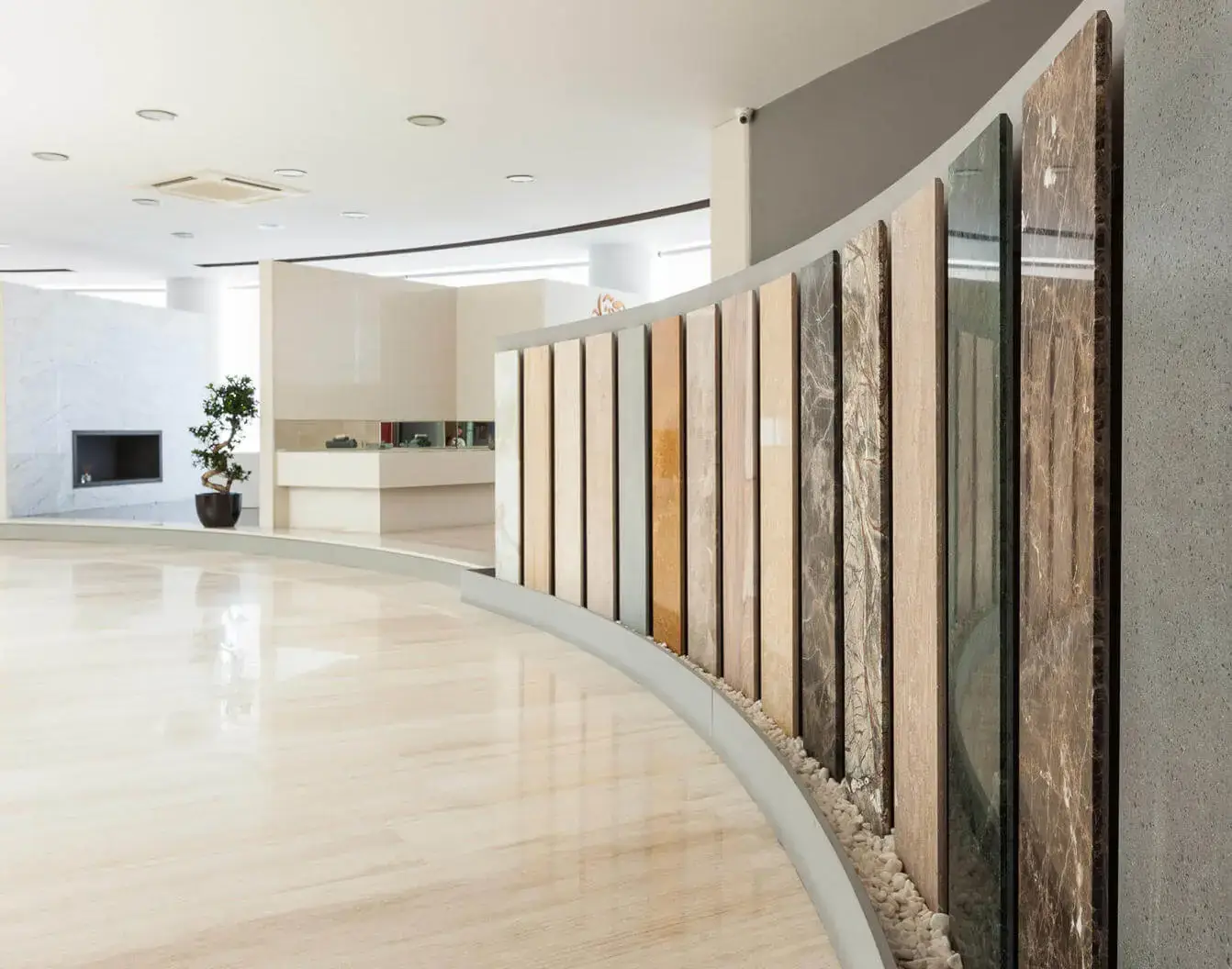This type of building material is formed through a controlled chemical combination of calcium, silicon, aluminum, iron and other materials. Common materials used to produce cement include limestone and gypsum or marl, which is combined with shale, clay, stone, blast furnace slag, silica sand, and iron ore.
Determining the amount of cement, sand and aggregate for the concrete mix depends on the desired strength of the concrete. Therefore, the concrete mixing plan is a process to determine the appropriate quality materials and their ratio to prepare concrete with desired properties such as performance, strength, setting time and durability. The concrete mixing plan determines the ratio of cement, sand and water according to the volume respectively. Therefore, the 1:2:4 mixing scheme represents (aggregate:sand:cement). Typically, a mix is about 10 to 15 percent cement, 60 to 75 percent aggregate, and 15 to 20 percent water. Entrained air in many concrete mixes may also occupy another 5 to 8 percent.
What is Portland cement?
When it was first made and used in England in the early 19th century, it was called Portland cement because its hydration product resembled a building stone from the Isle of Portland off the British coast. The first invention for this product was obtained in 1824 by Joseph Aspedin, an English mason. The specific gravity of its particles is about 3.15.
There are four main phases in Portland cement: tricalcium silicate (C3A), dicalcium silicate (C2A), tricalcium aluminate (C3A) and tetracalcium aluminofrite (C4AF). The strength and other properties of concrete mainly come from the hydration of tricalcium and dicalcium silicates.
A bag of this type of product produces 4.5 cubic feet of concrete. For coats less than 2 inches thick, use: 1 part Portland cement to 3-4 parts sand.







